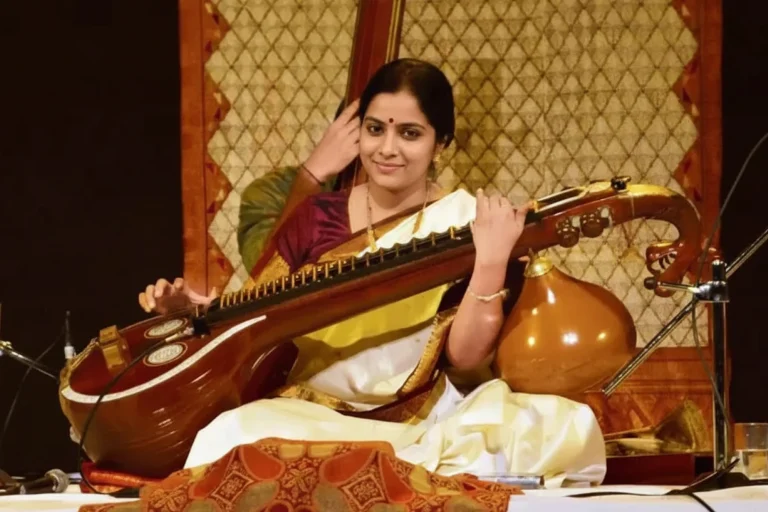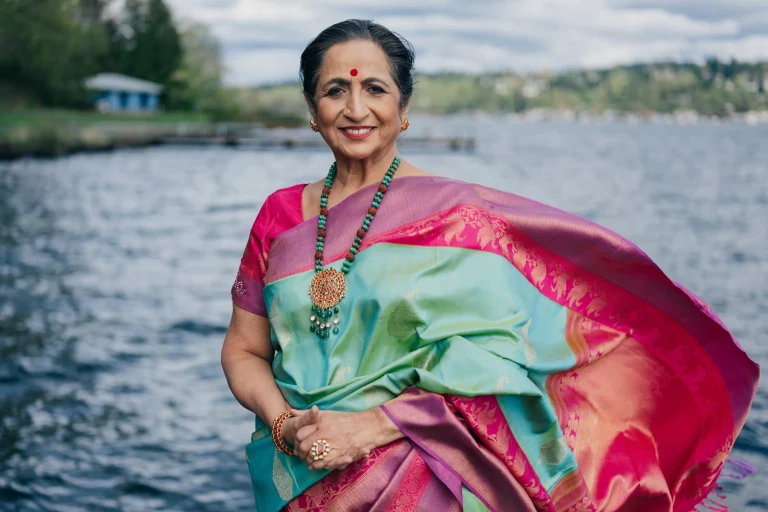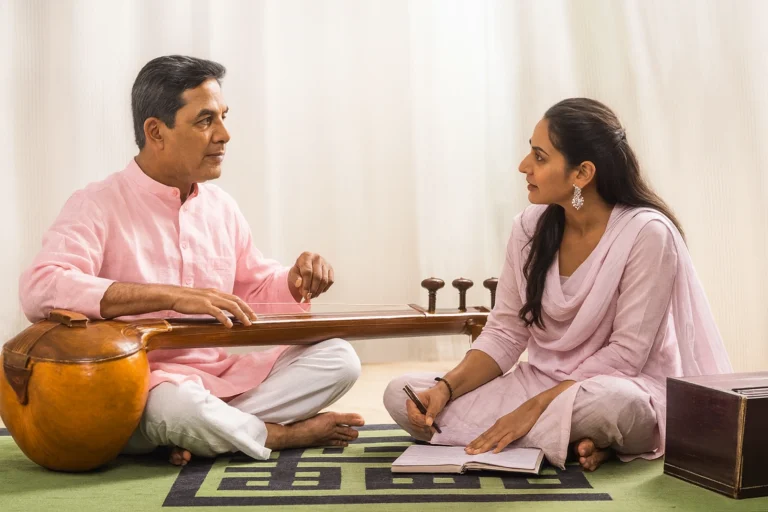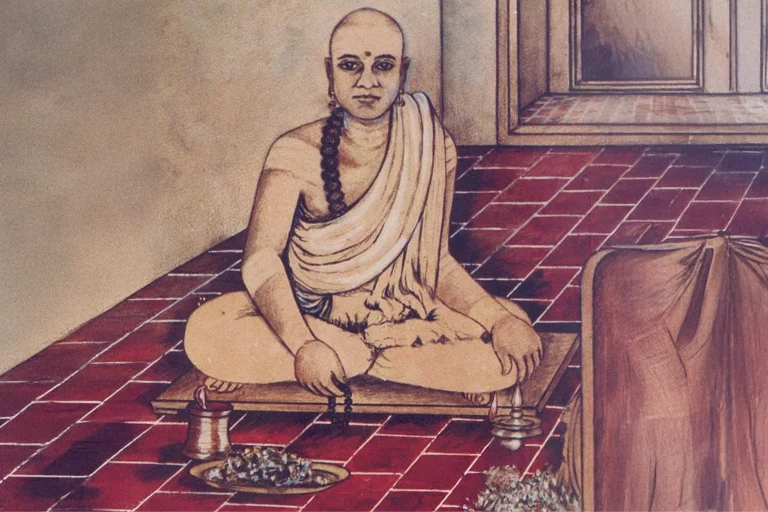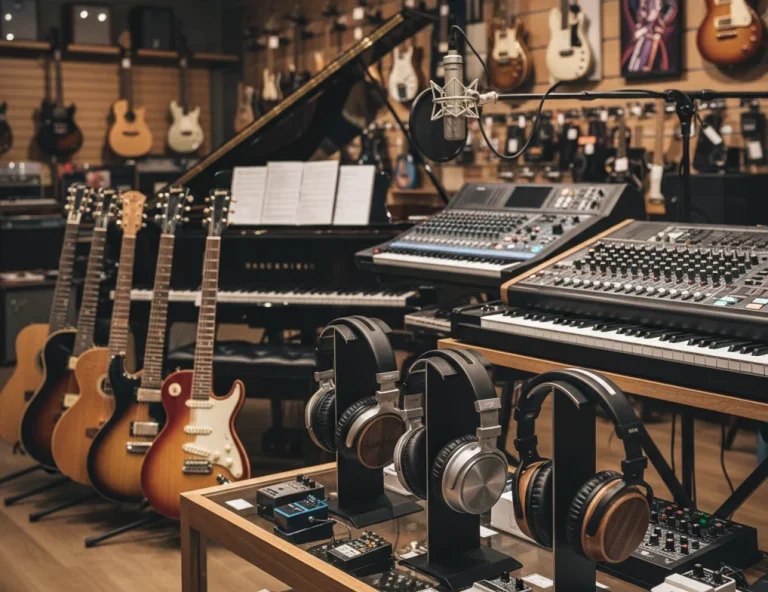All Topics
- Alchemizing Music Concepts for Students
- Artist Spotlight
- artium gift card
- Artium Maestros
- Artium News
- buying guide
- Carnatic Music
- Devotional Music
- Editorials by Ananth Vaidyanathan
- Film Music
- Guitar
- Hindustani Classical Music
- Indian Classical Music
- Indian Folk Music
- Insights
- Instruments
- Karaoke Singing
- Keyboard
- Kids Music
- maestros
- Music Education
- Music for Kids
- Music Industry
- Music Instruments
- Music Legends
- Music Theory
- Music Therapy
- Piano
- piano guide
- Success Stories
- Tamil Film Music
- Telugu Film Music
- Time Theory
- Tools
- Uncategorized
- Vocal Singing
- Vocals
- western classical music
- western music
- Western vocal music
Understanding Features of Pada Varnam and Tana Varnam in Carnatic Music
Understanding Features of Pada Varnam and Tana Varnam in Carnatic Music
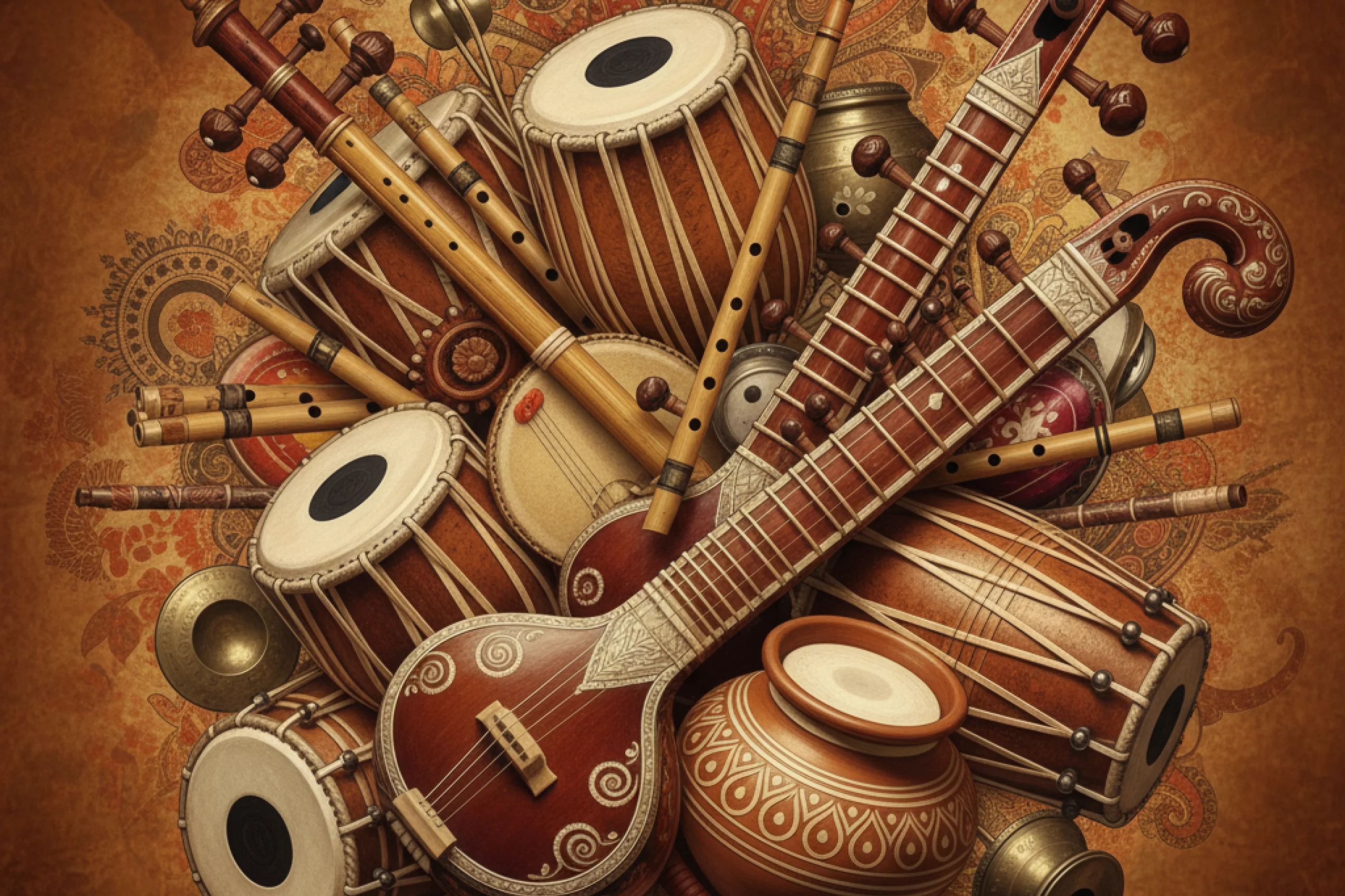
Table of Contents
Carnatic music is a treasure trove of compositions, each designed with a purpose to train, express, or showcase creativity. Among these, Varnams hold a special place. They are the backbone of a student’s learning and the most effective compositions for mastering both melody (raga) and rhythm (tala). A varnam acts like a bridge, connecting basic lessons such as geetams with advanced kritis and improvisation. It strengthens technical skills while also nurturing artistry.
Today, learners can easily explore and master varnams through online Carnatic music classes, where expert-guided training enables them to grasp both the technical and expressive aspects of these compositions. With structured online Carnatic course, students can build a strong foundation in varnams from anywhere in the world.
Within the broad category of varnams, two major types stand out:
- Tana Varnams
- Pada Varnams
Each serves a unique role—while tana varnams sharpen precision and swara practice, pada varnams bring out the expressive and lyrical side of Carnatic music, often forming the centerpiece of Bharatanatyam performances.
In this blog, we will explore the features, differences, significance, and influence of these styles in Carnatic music, using examples from both classical concerts and South Indian cinema, to demonstrate how varnam remain timeless and relevant across generations.
What is a Varnam in Carnatic Music?
A varnam is a composition that combines both swaras (musical notes) and sahitya (lyrics) in a structured manner. It is considered the most critical learning piece in Carnatic music because it serves as a bridge between beginner exercises and advanced compositions, known as kritis. Every varnam is designed to showcase the complete raga lakshana (characteristics of the raga) and to give the performer control over both melody and rhythm.
Structurally, a varnam consists of two main halves: Purvanga (Pallavi, Anupallavi, and Muktayi Swaras) and Uttaranga (Charanam and Chittaswarams/Ettugada Swaras). This makes it a comprehensive exercise for voice training, swara accuracy, and tala discipline.
Varnams are often taught in a medium or fast tempo for laya practice and are also a staple in concerts, often serving as opening pieces. In Bharatanatyam, pada varnam form the expressive centerpiece of dance. In short, a varnam is not just a composition but a musical blueprint that develops technical mastery, creativity, and expression in Carnatic music.
It serves multiple purposes:
- A warm-up piece for concerts.
- A practice tool for students.
- A rich composition to understand the raga in depth.
Every varnam has two main sections:
- Purvanga (first half) – Pallavi, Anupallavi, and Muktayi Swaras.
- Uttaranga (second half) – Charanam and Chittaswarams (or Ettugada swaras).
Varnams are known for their repetitive swara patterns, laya control, and gamaka applications, making them indispensable in Carnatic training.
What Are The Types of Varnams?
There are two prominent types of varnams:
- Tana Varnam – Oriented towards swara singing and raga practice.
- Pada Varnam – Oriented towards sahitya, bhava, and dance expression.
Let’s explore both in detail.
Features and Significance of Tana Varnams
Tana varnams are the most commonly taught varnams in Carnatic music. They are considered technical masterpieces that emphasize the use of swara patterns.
Features of Tana Varnams
- Focus on Swaras: The majority of the composition is swara-based, with limited sahitya.
- Concert Opener: Typically used as a varnam piece at the beginning of a concert, it sets the tone and introduces the raga.
- Raga Foundation: Helps learners understand the full scope of a raga through systematic swara patterns.
- Rhythmic Control: Exercises for maintaining tala cycles, especially in Adi tala or Ata tala.
- Famous Ragas: Shankarabharanam, Kalyani, Bhairavi, Kharaharapriya, and Saveri are common ragas for tana varnams.
- Style: Sung in medium to fast tempo, often repeated at multiple speeds.
Example of a Tana Varnam
“Ninnukori” in Mohanam raga (Adi Tala): A popular tana varnam, often used in concerts as the opening piece.
Movie Influence
Many varnams inspire film compositions. The varnam “Ninnukori Varnam” was adapted into the popular Telugu film song “Ninnukori Varnam” from Gharshana (sung by S. Janaki), retaining the essence of Mohanam raga.
Features and Importance of Pada Varnams
Pada varnams are compositions with greater lyrical content, often used in Bharatanatyam and other classical dance performances. They carry bhava (emotion) and sahitya richness.
Features of Pada Varnams
- More Lyrics: Each section, including chittaswaras, is supported with sahitya, unlike tana varnams.
- Expressive Content: Focus on bhakti (devotion), sringara (love), and narrative emotions.
- Dance-Oriented: Extensively used in Bharatanatyam repertoire, where abhinaya (expressive gestures) matches the sahitya.
- Tempo: Usually slower than tana varnams, allowing scope for emotional elaboration.
- Famous Composers: Tanjore Quartet, Papanasam Sivan, and Swati Tirunal.
Example of a Pada Varnam
“Sami Ninne” in Shankarabharanam raga (Adi Tala): A pada varnam that is widely taught for both music and dance.
Movie Influence
The Tamil film “Sankarabharanam” (named after the raga itself) drew inspiration from classical varnams, with K. V. Mahadevan composed many tracks based on varnams and ragas. Songs sung by S. Janaki and S. P. Balasubrahmanyam often carried pada varnam-style lyrical richness.
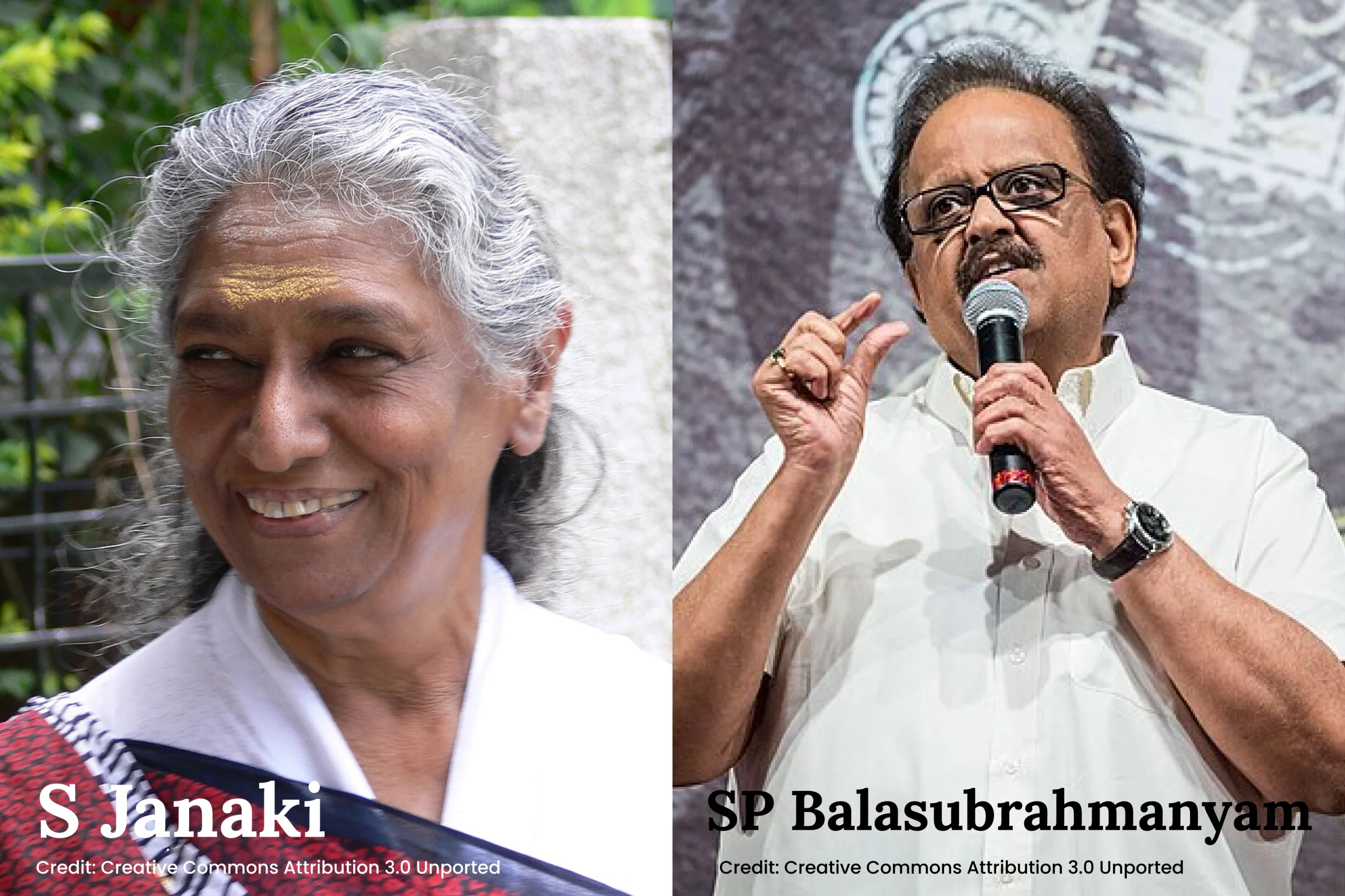
Key Differences Between Tana Varnams and Pada Varnams
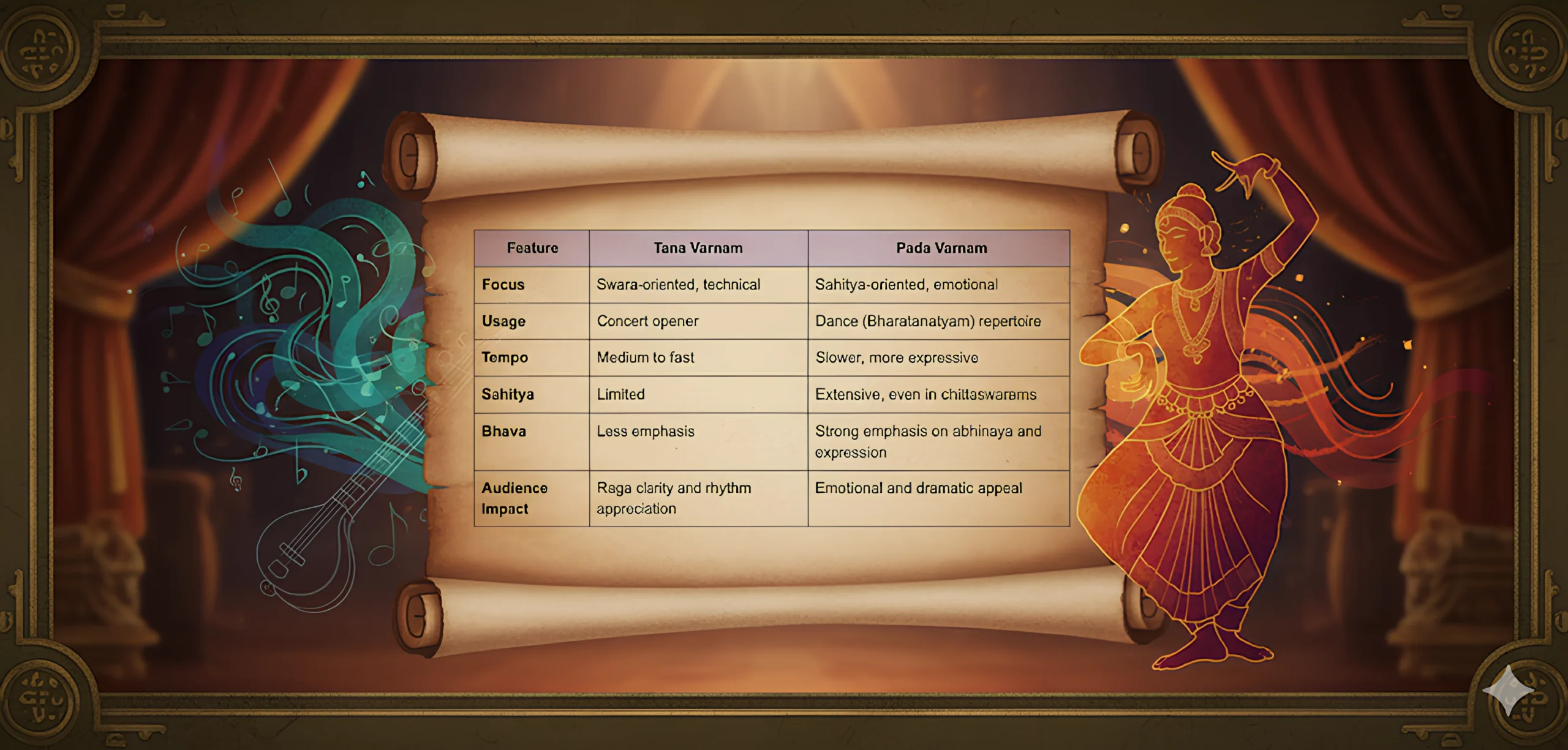
Significance of Varnams in Carnatic Music
Varnams—whether tana or pada—are essential for multiple reasons:
- Training Tool: They are the bridge between simple geetams and complex kritis.
- Concert Staple: Varnams are almost always included in concerts, either as an opener or as part of the dance repertoire.
- Improvisation Base: Musicians often use varnams to explore manodharma (improvisation).
- Dance Integration: Pada varnams link Carnatic music to Bharatanatyam, enriching South Indian cultural tradition.
- Gateway to Mastery: Varnams test a student’s grasp of both swaras and sahitya, making them a rite of passage in Carnatic learning.
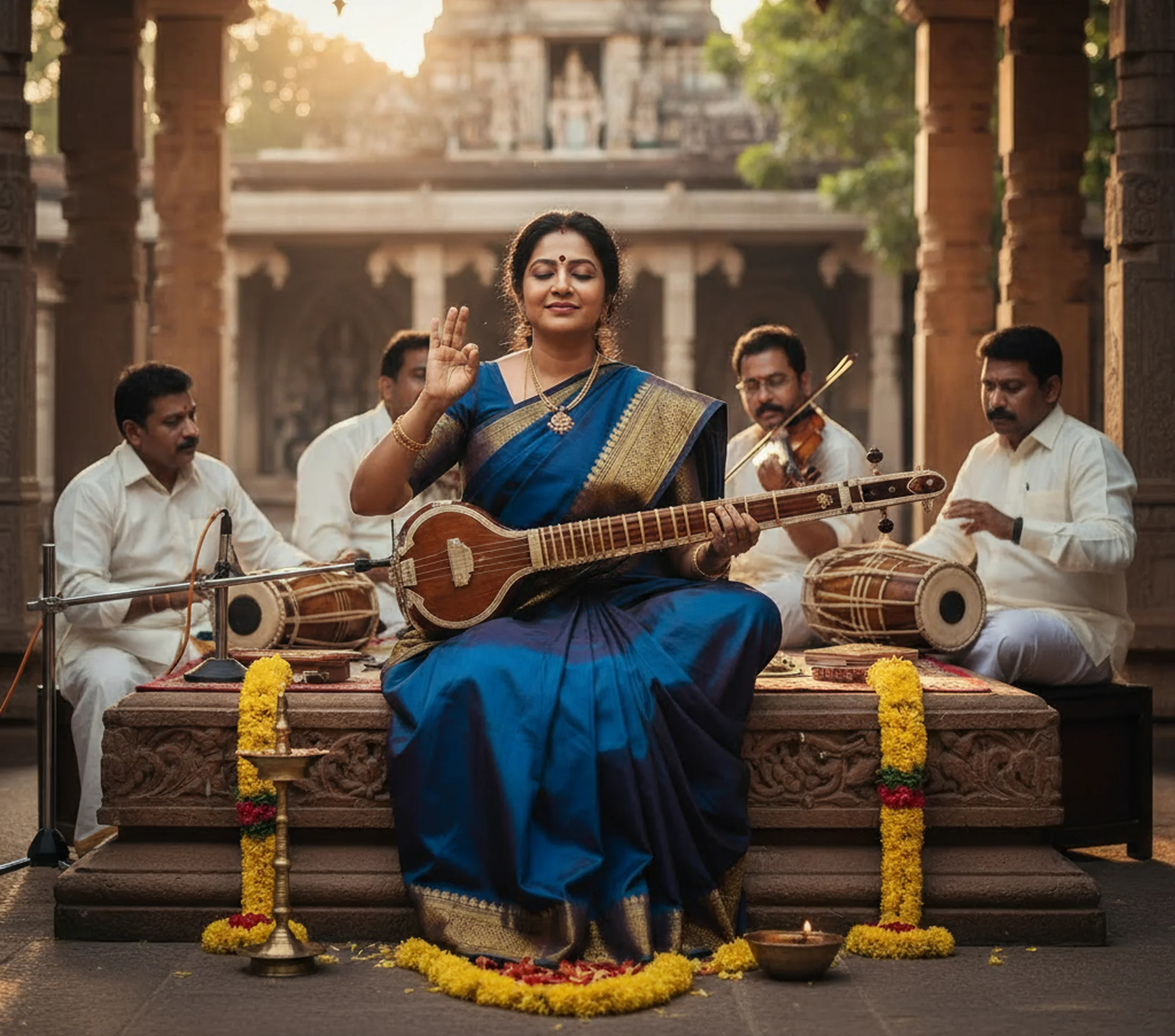
A Few Real-Time Examples from South Indian Films
Carnatic varnams have strongly influenced film music. Composers like Ilaiyaraaja, A. R. Rahman, M. S. Viswanathan, and K. V. Mahadevan have adapted varnams into cinema.
Examples:
- “Ninnukori Varnam” (Gharshana – Telugu): Adapted from the Mohanam tana varnam.
- “Chinnanchiru Kiliye” (Meera – Tamil): Inspired by pada varnam-style sahitya with expressive scope.
- “Sankarabharanam Songs” (Telugu): The film’s music highlighted varnams and krithis, bringing Carnatic music to the mainstream.
Famous Playback Singers Trained in Varnams:
- K. J. Yesudas – Known for rendering varnams in concerts and films.
- S. Janaki – Brought varnams into playback with ease and bhava.
- Bombay Jayashri and Sudha Ragunathan – Modern-day Carnatic musicians who also rendered film songs influenced by varnams.
Famous Tana Varnams Vs. Pada Varnams
Tana varnams highlight swara precision and rhythm, while pada varnams emphasize sahitya, bhava, and dance expression. Together, they showcase the balance of technical mastery and emotional depth in Carnatic music.
Different Styles in Rendering Varnams
1. Concert Style (Tana Varnam Focused):
- Fast-paced, swara-heavy, highlighting raga clarity
- Sung in multiple speeds as warm-up or main concert pieces
2. Dance Style (Pada Varnam Focused):
- Slower pace with sahitya emphasis
- Used for abhinaya (expression) in Bharatanatyam
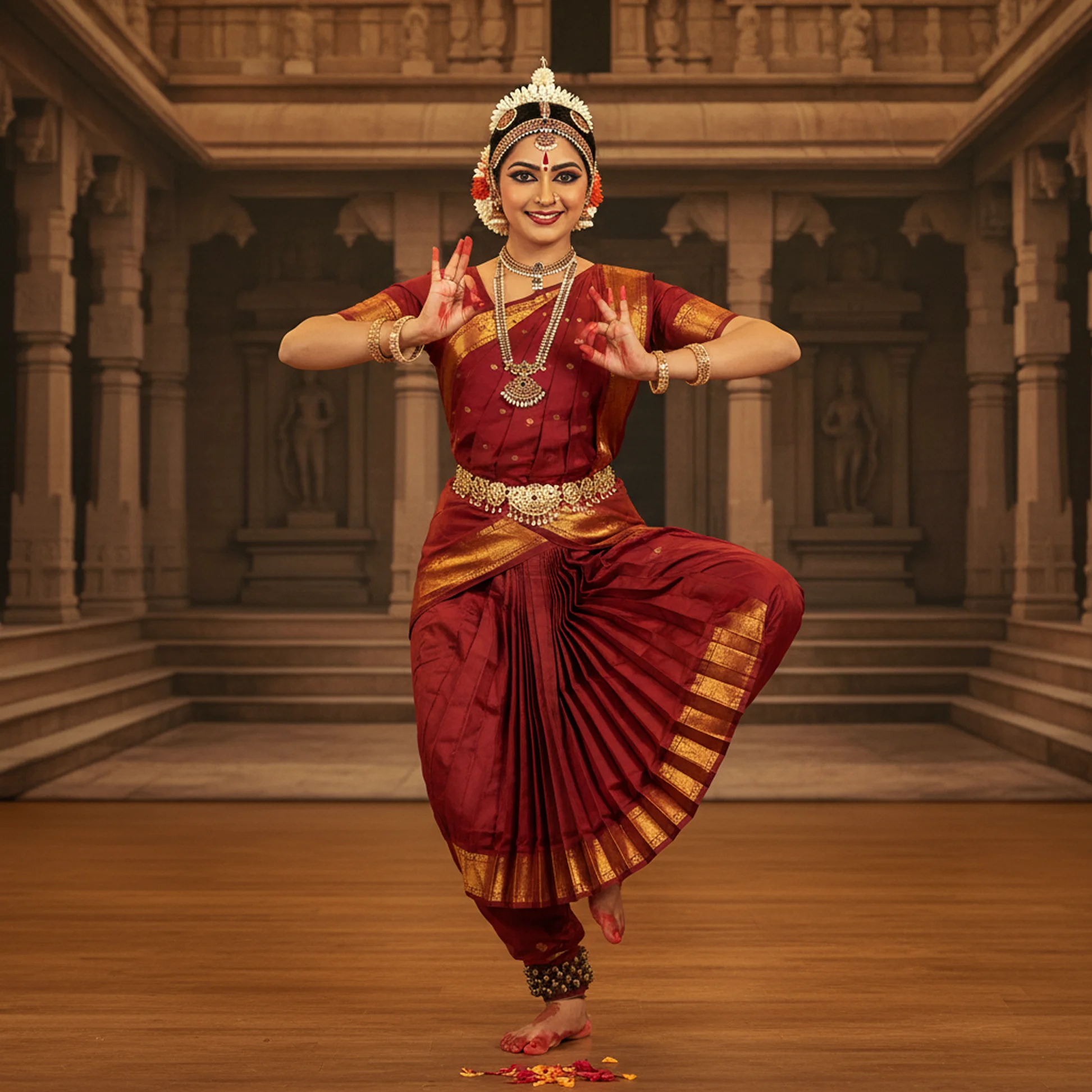
3. Fusion/Film Style:
- Adapted varnams with orchestration and cinematic arrangements
- Retains a Carnatic base but is made accessible to wider audiences
Experiencing the Soul of Varnams with Artium Academy
Both Tana Varnams and Pada Varnams are indispensable in Carnatic music. Tana varnams build technical precision, swara clarity, and rhythmic discipline, while pada varnams enrich the emotional, lyrical, and dance-oriented aspects of the art. Together, they balance the intellectual and expressive dimensions of Carnatic music.
At Artium Academy, you can learn these varnams step by step through expert-led online Carnatic music classes at the Proficient and Advanced levels. With structured lessons, personalized guidance, and interactive practice tools, students can explore the depth of varnams from anywhere in the world. Whether you’re practicing “Ninnukori” as a beginner, preparing “Sami Ninne” for a performance, or simply appreciating the influence of varnams in cinema and concerts, Artium’s unique curriculum ensures you experience the true soul of Carnatic music in its most complete form.
FAQs on Pada Varnam and Tana Varnam
The main difference between Pada Varnam and Tana Varnam lies in focus and usage. Tana Varnams are swara-oriented, sung in medium or fast tempo, and serve as concert openers to highlight raga and laya precision. Pada Varnams, on the other hand, are sahitya-rich, slower in tempo, and emphasize bhava and lyrical expression, making them central to Bharatanatyam performances. While tana varnams build technical strength and swara clarity, pada varnams enhance emotional depth, connecting music with dance expression.
A varnam in Carnatic music is a foundational composition that blends swaras (notes) and sahitya (lyrics) in a structured format. It showcases the essence of a raga while training students in melody, rhythm, and expression. Varnams typically comprise sections such as pallavi, anupallavi, muktayi swaras, charanam, and chittaswaram, making them comprehensive learning tools. They are practiced for voice culture, swara precision, and tala discipline, and often performed as opening pieces in concerts.
A Tana Varnam is a type of Varnam in Carnatic music, primarily used to develop technical skill, improvisation, and rhythmic precision. It emphasizes brisk swara patterns (sargam), complex raga elaboration, and laya (rhythmic) intricacies. Unlike Pada Varnams, Tāna Varnams focus less on lyrics and more on melodic and rhythmic exercises, making them ideal for performance preparation, especially in concerts and dance recitals, showcasing a musician’s mastery over raga, tala, and improvisational skills.
Varnams are foundational compositions in Carnatic music, crucial for learning both melody (raga) and rhythm (tala). They train students in voice control, swara accuracy, and rhythmic precision while enhancing musical expression and improvisation skills. Varnams also serve as warm-up exercises for concerts and dance, bridging technical mastery with artistic performance. Learning varnams helps musicians internalize ragas deeply, making them essential for a solid foundation in Carnatic music.
Varnams are typically performed at the beginning of Carnatic concerts, as they serve to warm up both the musician and the audience. They showcase technical skill, melodic clarity, and rhythmic precision, setting the tone for the performance. With their structured swara patterns and lyrical segments, varnams help establish the raga’s mood while allowing performers to demonstrate mastery. They act as a bridge between practice and improvisation, preparing for more elaborate pieces later in the concert.
Yes, at Artium Academy, varnams can be effectively learned through online Carnatic music classes. Our structured lessons provide step-by-step guidance on swaras, rhythm, and lyrical nuances, ensuring students grasp both technical and expressive aspects. With personalized teacher support, practice assignments, and performance feedback, learners can master varnams from the comfort of their home, building a strong foundation in raga, tala, and improvisation, just like in traditional classroom training.
In Bharatanatyam, varnams play a central role as performance pieces that combine music and dance. They help dancers express intricate emotions (bhava) and storytelling through abhinaya, while showcasing rhythmic precision and technical footwork (nritta). The structured swara patterns guide complex jati sequences, and lyrical portions highlight expressive storytelling. Varnams thus serve as both a training tool and a concert centerpiece, blending musical mastery with graceful dance expression.



